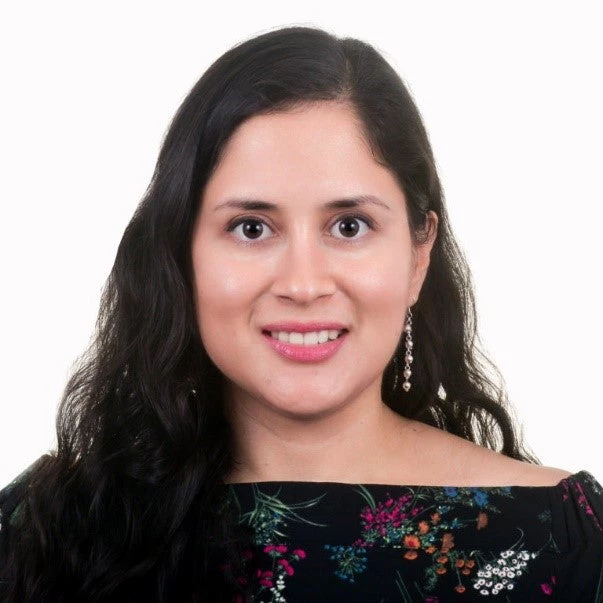 International Womens Day 2020
International Womens Day 2020
Almost a century ago Virginia Woolf published her essay “A Room of One’s Own”. She argues that to have the same opportunities as men, women need equal rights to education, a source of income, and a room of one’s own. She famously asked the question of what would have happened if Shakespeare had had a sister of comparable talent. Her reply: “a highly gifted girl who had tried to use her gift for poetry [in the sixteenth century] would have been so thwarted and hindered by other people, so tortured and pulled asunder (…) that she must have lost her health and sanity to a certainty.” She was probably right.
Education is a catalyzer and foundation for other freedoms. An educated girl will be able to access better health services, to later in life attain better jobs and earn higher income. She will marry at a later age, will have less children, will have higher decision-making power at home, and will be less likely to suffer from intimate partner violence. All these good things coming from education, in turn permeate to households, communities, and countries that enjoy the social and economic returns of women realizing their full potential. In fact, if women earned the same wages as men when performing comparable jobs, countries could increase their human capital and their total wealth substantially. The loss in human capital wealth due to gender inequality in earnings is estimated at $160 trillion.
Progress has to be recognized – while we now live in a world where nine in ten girls complete primary school and three out of four complete their lower secondary studies, education is still not a reality for 130 million girls between the ages of 6 and 17. According to a recent report by UNICEF nearly one in three adolescent girls (10-19 years old) from the poorest households has never entered a classroom.
What is keeping girls out of classrooms?
Poverty, and overall disadvantage (related to disability, ethnic origin, home language) is still the most crucial obstacle for girls to access education. There are no schools near to their homes, and there is an overall lack of safe public transportation. Then there is violence, especially gender-based violence, at the school or on the way there. Girls are more likely to experience violence at school in the form of bullying, sexual violence and harassment. Throughout their lives, approximately one in 10 girls under the age of 20 worldwide have experienced sexual violence. That is 120 million girls. If the school is not a safe and welcoming place, all efforts regarding better pedagogical methods are rendered irrelevant. Girls will feel anxious or depressed. In most cases, they won’t even know that “it’s not their fault”, nor that violence is unacceptable. Learning does not happen. Actually, it becomes just an afterthought. And eventually, girls drop out of school. Boys, although not exempt from all kinds of violence, are more likely to face corporal punishment and bullying.
Early pregnancies and child marriage -to a large extent, a more institutionalized form of violence- also make girls leave the classroom. Every single day about 41,000 girls under the age of 18 marry, thwarting their educational attainment, and their opportunity for a better life. In many countries, pregnant girls and young mothers are not allowed or find it very hard to continue their studies. Pregnant adolescents face high social sanctions and can be shamed and stigmatized by their peers and families. To a large extent, their options in life start fading away.
A factor that underlies all of the above are discriminating social norms and practices which assign less value in society to the education of girls than of boys. As girls are assigned more household chores than boys, their opportunity cost is higher, hence there is a higher return to keep them at home. But why are they assigned those household chores? Because the same happened to their mothers and their grandmothers. It is a social choice that needs to end.
In the XXI century, in a world of lifelong learning, and where a lot of the accumulation of experience and competencies happen during work, women face institutionalized discrimination by earning less than men for the same job. They face pressure from their employers to not become pregnant, and when they choose to have children and continue working, society expects them to do most of the household work and childcare in addition to their job.
What can we do?
To achieve real equality, we need to shift cultural paradigms and tackle constraints in a holistic way. Schools have to be first a safe space for girls to thrive and achieve all their potential. This requires actions at home, at the community level, and in the classrooms. Interventions such as conditional cash transfers to make sure families have enough resources to send girls to school; teaching boys, girls, teachers, and parents about gender equality; and ensuring a gender sensitive curriculum joined with effective policies to improve learning for all. Policymakers from different sectors (education, gender, health, social protection and labor) have to work together.
A World Bank project in the Sahel includes interventions to keep girls in school by using cash transfers, safe bikes and buses to transport girls living far from school, school lunches and tutoring. Moreover, this project also includes a “Husbands and Future Husbands schools” where boys and men can learn about gender equality, how to prevent gender-based violence, health promotion, and family planning. This is a critical component as it addresses violence not only through legislation and policies – which are important steps – but also through changing mindsets.
Mindsets is what must change - among boys and girls, among girls and women. And changing that mindset starts at school. Well, no, they really start at home. Start with what boys and girls hear their parents say, or what they hear in the background or on TV. Mindsets that understand that any occupation can be performed by men and women without distinction. Mindsets that internalize men’s average higher physical strength as a source of advantage is an evolutionary vestige now irrelevant. Mindsets that understand that household chores can be done equally well by a man or a woman. Mindsets that understand that women should decide to have children or not without sacrificing their life and career prospects. For example, in Iceland the shared paternity and maternity leave period are the same, which sends a clear message to employers that both men and women on reproductive age are equally “at risk” to leave the workplace due to childbirth.
It’s on all of us to achieve this, and we all gain from it. Women and men. We need to do our best to give girls and women the education they need to achieve their dreams – and get a “room of their own”.



Join the Conversation